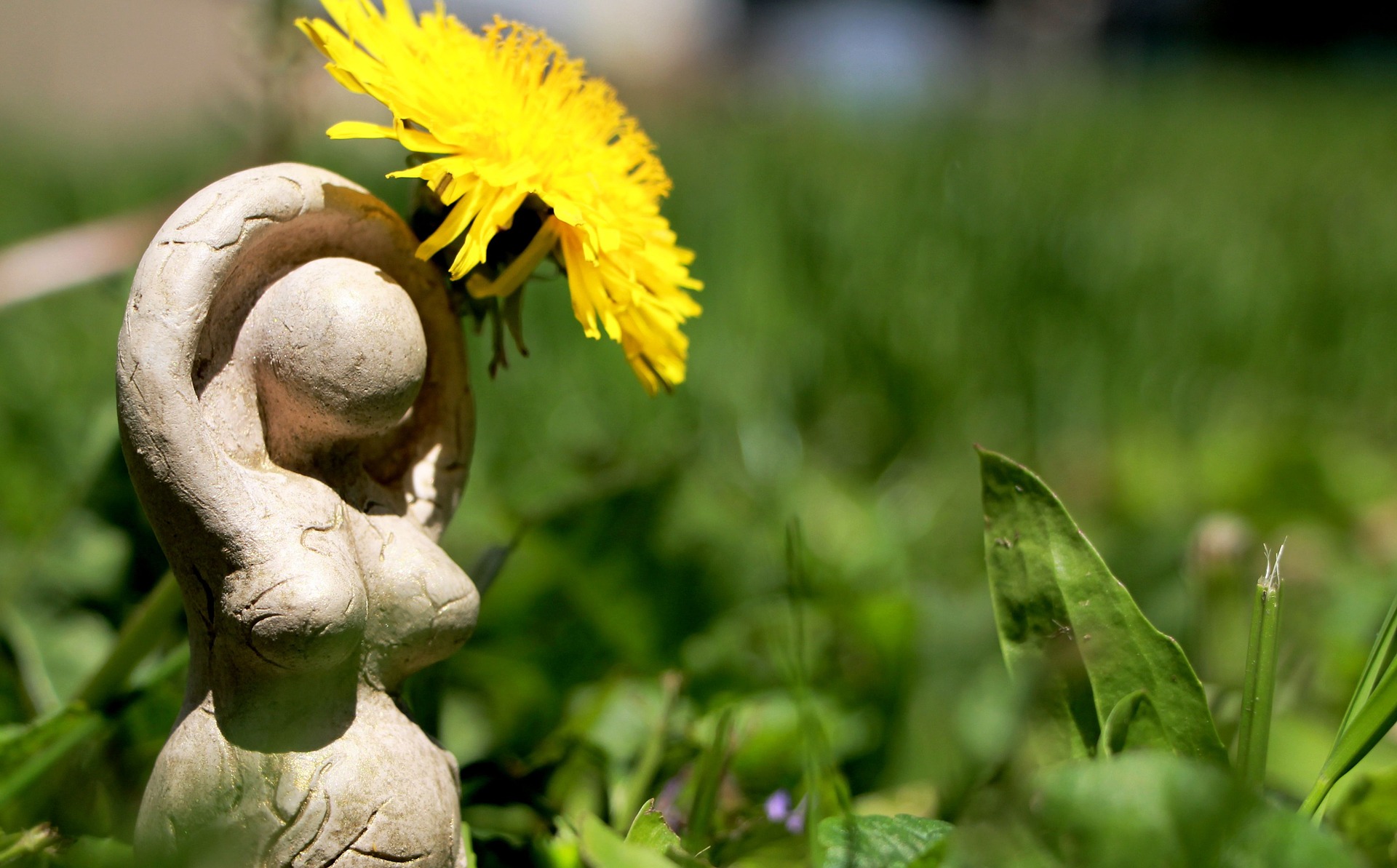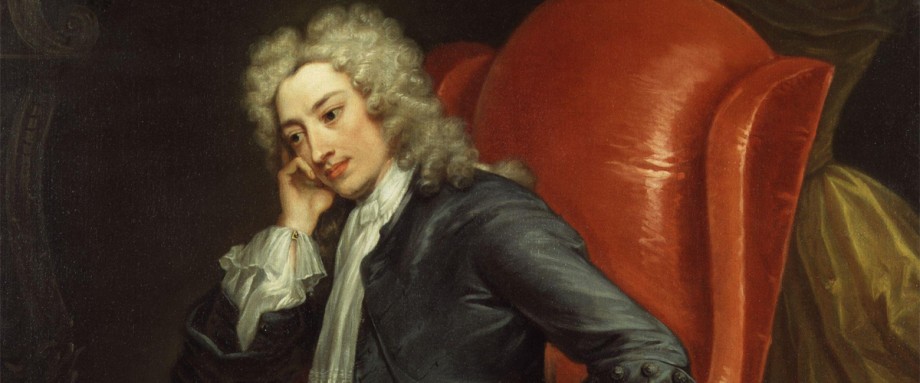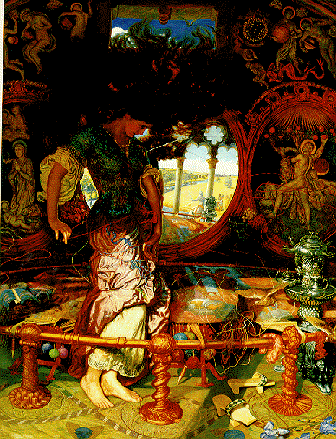Introduction to the Poet of Ask Me No More:
Alfred Tennyson was born in 1809 at Somersby in Lincolnshire as the son of a clergyman. After schooling at Louth, he proceeded to Trinity College, Cambridge. Here, he won the Chancellor’s Medal for a poem on Timbuctoo. At the age of twelve, he wrote an epic poem of 6000 lines and wrote a drama of blank verse at the age of fourteen. Leaving Cambridge without a degree, he lived with his parents for the next 20 years. Living in peace and serenity, he wrote much poetry; all these while his fame was making headway. In 1845, he received a government pension. Appointed as Poet Laureate (1850) in succession to Wordsworth, he married and moved to the Isle of Wight.
In his later years, he gained increasing fame, appreciation, and applause; and was regarded as the greatest poet of the era.
He died in 1892, at Aldworth, in Surrey, and was buried in Westminster Abbey.
About The Poem:
The poem ‘Ask Me No More’ was a part of ‘The Princess, which was a seriocomic attempt (in 1847) during the Victorian era when Feminism was on the rise. The poem is written in blank verse and has many beautiful and lyrical phrases accompanied by graceful descriptions. The poem can be said to be a plea to the speaker’s lover at her deathbed. Occupied with beautiful imagery, the poem stands supreme in literature.
The setting of Ask Me No More:
The poem is written during the Victorian Age with Queen Victoria’s reign when issues like Feminism, Women’s equality were coming to the public attention. From the vivid description of the crescent drawing the ocean, as if luring the sea; the imagination of the cloud coming down on the earth taking shapes of mountains and peninsula- all of these suggest that the poet is intimately incorporated with nature. He is within the realms of nature.
The last stanza is indicative of the fact that only within nature’s dimension the speaker allows himself to follow its course.
Thus, the setting of the poem is intimately associated with the cosmos, nature.
Style of Ask Me No More:
The rhyme scheme is the abbaCdaadC effect.
The closest meter is iambic pentameter.
Stanza type is a sonnet.
Poetic Devices in Ask Me No More:
Parallelism:
The most striking feature of the poem is the use of parallelism.
Parallelism is used in the form of the sentence ‘Ask me no more”. This verse, repeated seven times, indicates the different modes of the poet. As the tone changes from coldness to anguish and fear, parallelism finds its suitable implication throughout the poem.
Thus, parallelism has been used as the most significant poetic device in the poem.
Epiphora:
The repetition of the same word ‘more’ at the end of each neighboring stanza is a kind of Epiphora.
Anaphora:
Complementary to the Epiphora, the use of the word ‘Ask‘ at the beginning of each stanza is an anaphora.
Imagery:
The poem is full of imagery. In the first stanza, the moon drawing the ocean towards itself and the cloud stooping from heaven, the paradise, and coming down on capes as if taking their shapes; creates a turbulent situation of nature. The poet wisely uses imagery as his poetic device to provide such a wonderful explanation of the tempestuous natural phenomenon.
Further, the movement with the stream of the river is also descriptive imagery.
Metaphor:
The ‘hollow cheek and faded eye’ are metaphors for a fatal illness. On the deathbed of the woman, the poet expresses his feelings of desiring seclusion and getting rid of her question, which, perhaps, is rhetorical.
Moreover, in the last stanza, ‘great river’ refers to life, and striving ‘against the stream’ means the vain effort to alter the destiny that life has bestowed upon the poet.
Summary of Ask Me No More:
The poem is a plea to the poet’s beloved on her deathbed. The poet pleads to his beloved not to ask him a question anymore. Though the question remains a topic of ambiguity among the readers, it is evident that the answer might not be pleasing for the poet to assert, or the question might have been rhetorical. In either case, the poet pleads that the question must not be asked anymore.
He goes on to say no matter how turbulent nature becomes, he would remain cold and unperturbed on not answering the question asked. The moon might lure the sea, and the cloud might come down from heaven and take shapes of mountains, yet he chooses to remain indifferent to the question asked, not providing an answer, like in previous times.
He asserts that he does not love the ‘hollow cheek or faded eye,’ that is, the lady’s sickness. Yet, he wouldn’t want her to be dead. He requests she stay alive and not surrender to death out of her sickness.
In the last stanza, the poet states that the destinies of the beloved and he are already created, and he must accept the inevitability of death.
Thus, the touch of death or the deathbed request from his beloved is something he has gained high consciousness of. At last, in almost a tone of pathos, he asks for the question not to be asked anymore.
Critical Analysis of Ask Me No More:
The poem is an appeal to the speaker’s lover on her deathbed. Bold defiance and seclusion are evident in the first line itself “Ask me no more.” The speaker pleads with the lover not to ask him the question anymore, which he previously declined to answer. He states that he is determined and offers a tone of superficial coldness by comparing his standstill in contrast to the turbulent forces of nature that are indecisive, unlike him. In addition, he says even if the moon lures the sea and the cloud comes down from heaven and takes the shape of the mountains or capes, he would still be indifferent to the question, refusing to answer.
When he says, “But O too fond, when have I answered thee?” – It indicates that the question asked has remained unanswered several times. At last, he requests her again not to ask for an answer.
As one moves along the poem, the tone changes to one of vulnerability and grief. The frailty becomes more prominent in the expression.
“Ask me no more: what answer should I give?”
The speaker painfully says he doesn’t love the lover’s ‘hollow cheek or faded eye,’ symbolizing sickness. In other words, sorrow and grief overcome him when he looks at her ailing countenance. He seems to imagine that her death is in his control, which is false. Yet, he is so vulnerable that his emotions aren’t in his control. The final ‘Ask me no more has become, instead of an emphatic command, a fearful, compassionate plea.
In the final stanza, however, the speaker seems to surrender his cold, superficial defense in the first stanza completely. In the realms of death, he realizes that the fate of his beloved is already pronounced. The speaker confronts the inevitability of death, the fate to which he had to surrender. His attempts to ‘strive against the stream, that is, attempt to defy the inevitable death, which itself is the course of the ‘great river’ symbolizing ‘life,’ has been futile. Thus, in the span of the death, the speaker finally surrenders and addresses his beloved as “No more, dear love,” thereby confessing that the touch of death, the lover’s deathbed request, would move him, which he has gained higher consciousness.
The tone of Ask Me No More:
The poem sculpts a tone of grief and sorrow accompanied by a writhing pain for his beloved. The imagery creates an ambiance that is intimately associated with nature. A mood of contempt is evident in the beginning stanza with the persuasive tone of desiring seclusion. Moving forward, the tone changes to one of grief and misery, slowly bringing down the guards created by the mood of defiance. The speaker seems prone to vulnerability, and his feelings seem to overpower him. The use of Volta, the word ‘Yet’completely changes the tone from defiance to vulnerability in the second stanza.
In the end, the tone changes to one of compassion and plea, with the resignation to passionate love, finally surrendering to the inevitable death.
Conclusion
This poem addresses the inner struggle to reconcile oneself with death and the fact of mortality. Keeping in pace with the other poems of Lord Tennyson, this poem having excellent craftsmanship, poetic artistry, phenomenal diction, and a sense of vowel music, is held supreme of the Victorian Era and thus holds a remarkable position in the history of English Literature.
You must also check out the summary of I Know Why The Caged Bird Sings.
Some online learning platforms provide certifications, while others are designed to simply grow your skills in your personal and professional life. Including Masterclass and Coursera, here are our recommendations for the best online learning platforms you can sign up for today.
The 7 Best Online Learning Platforms of 2022
- Best Overall: Coursera
- Best for Niche Topics: Udemy
- Best for Creative Fields: Skillshare
- Best for Celebrity Lessons: MasterClass
- Best for STEM: EdX
- Best for Career Building: Udacity
- Best for Data Learning: Pluralsight














